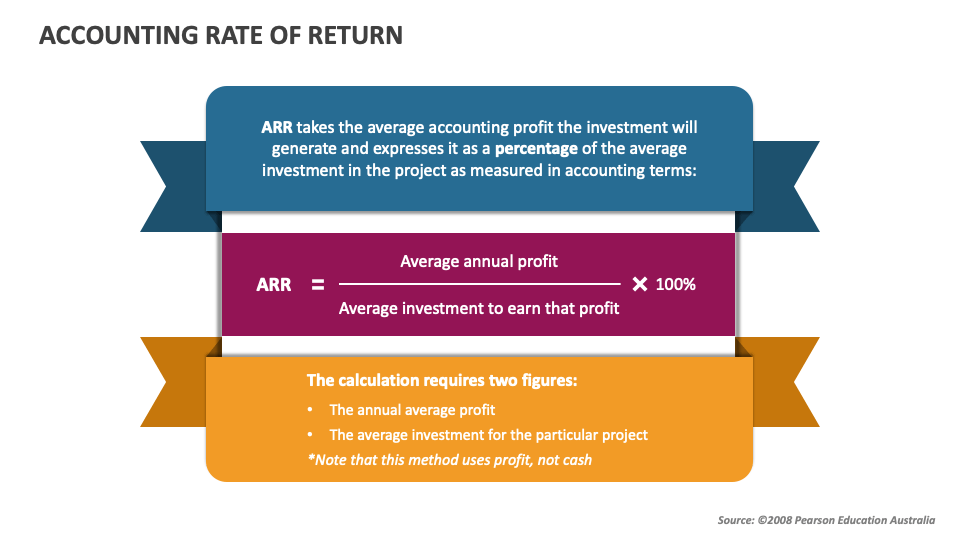Eight small business accounting applications scored high enough to be included in our list of the best small business accounting software. Each has multiple tiers of service to meet the needs of businesses that vary in size and functionality. You can use all Xero’s features, like invoicing, accepting payments and reporting, and add-ons like Xero Projects and Xero Expenses.
Most are the type that any small business owner could customize, generate, and understand. Accounting services pay special attention to your company’s expenses—not bills that you enter and pay (though some support this), but rather other purchases you make. This is an area of your finances that can easily get out of control if you don’t monitor it. So, small business accounting software separates them into expense types. Next, the software compares them to your income using totals and colorful charts. Organise your finances in one secure, automatically backed up place and work anytime from any device.
Xero: Best overall Australian accounting software
- You can also collaborate with other people, like accountants and bookkeepers, by giving them access to view and share your figures.
- While we all think our support team is the best, they have the hardware to prove it.
- Yes, you can connect your QuickBooks account to the apps you need and already use to run your business.
- But, once you sign up for a FreshBooks plan, check out our Advanced Payments feature, which includes recurring billing.
- It offers essential tools for managing cash flow, payroll, and invoicing.
With over 7 million customers worldwide QuickBooks is easy to use and learn and Integrates well with other systems and flexible with 3rd party applications. You can learn more about our accounting software features and how to use them in your small business with QuickBooks free Learn and Support Centre and free how-to video tutorials. Sign up to our 30 day free trial so you can try out QuickBooks for your small business before you commit to it. Invite your accountant to access your books for seamless collaboration. Give employees specific access to features and reduce errors with auto-syncing. Protect sensitive data with user-access levels and share reports without sharing a log-in.
Use Xero accounting software to hop online with your employees, bookkeeper, or accountant – even if what is an income statement you’re on opposite sides of the world. Small business accounting that helps you monitor your day-to-day income, expenses and cash flow. FreshBooks integrates with over 100 great apps to streamline work for business owners, keep teams and clients connected, and better understand your business. While you’re thinking about your money, you might also like to consider our reviews of online payroll services and personal finance apps. The companies that make small business accounting software have worked hard to make it as simple and pleasant as possible. Wave, TrulySmall Accounting, and FreshBooks are among the easiest accounting programs to use.
Join over 4.2 million subscribers using Xero
If you want the convention of conservatism convenience of adding payroll within the same software suite, Zoho Books isn’t the best accounting option for you. If you’re a first-time business owner with limited exposure to finances or accounting, QuickBooks Online could be a good software entrypoint. The software’s self-guided setup is fairly straightforward, but new users can also schedule a free one-on-one onboarding session with a QuickBooks pro. During the meeting, you can ask your most pressing accounting questions and get help customising your new software programme.
Helping thousands of businesses with their accounting
With MYOB, managing GST, lodging BAS, and staying on top of your financials becomes hassle-free. Plus, it integrates directly with your bank accounts, ensuring accurate and real-time reporting for better financial insights. FreshBooks is a cloud-based accounting solution tailored for freelancers, small businesses, and self-employed professionals. It streamlines bookkeeping tasks with tools for invoicing, expense tracking, and project management. FreshBooks helps users stay compliant, create comprehensive financial reports, and seamlessly collaborate with accountants for smoother tax filing and informed business decisions.
Life before Xero was a nightmare. Using a spreadsheet took a ridiculous amount of time.
While Sage doesn’t advertise a free trial, it does host a 20-minute, self-guided demo what is the accounting analysis method online so prospective customers can see how the software works. NetSuite integrates with financial, HR, and e-commerce tools, offering role-based dashboards and real-time financial insights. Its cloud platform enables remote access and cross-department collaboration, while also ensuring regulatory compliance. QuickBooks accounting software providers offer customer support via phone, email, or live chat, as well as online resources such as user guides and video tutorials. Additionally, there are local support teams in Australia to assist with any questions or issues. Whether you’re a small business owner or a self-employed sole trader, QuickBooks accounting software provides a complete view of how your business is performing in real-time, right from your dashboard.

